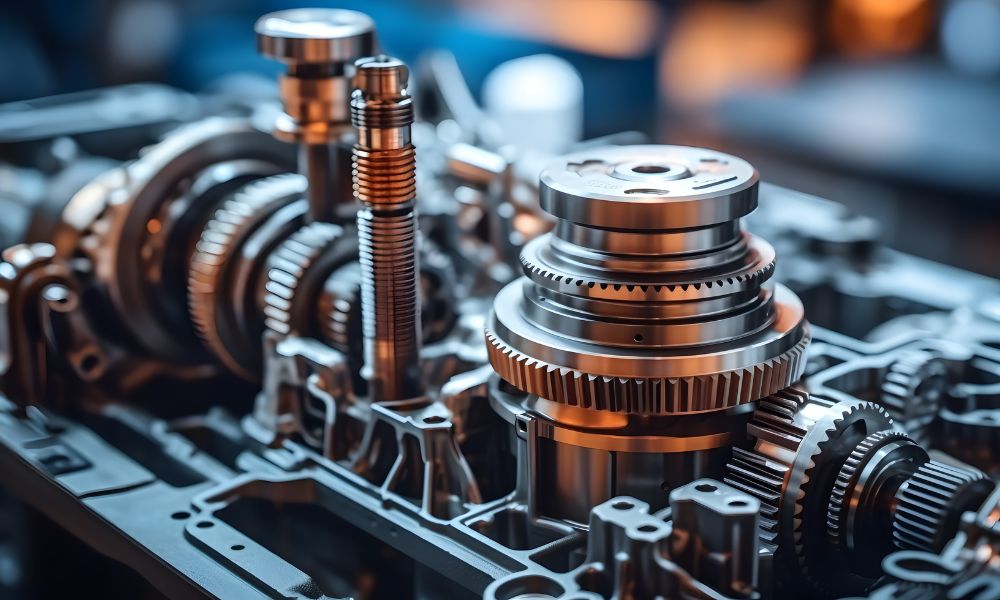
Although it may seem like automotive technology is at its peak, there is plenty of room for growth. The potential of modern automatic transmissions is limitless. Continue reading to learn more about how automatic vehicles may change down the road.
Creating More Efficient Torque Converters
Many manufacturers want to improve the torque converter. This fluid coupling transfers rotating power from the engine to the transmission. It directly impacts the performance and fuel economy of the vehicle.
Automotive manufacturers have developed high-efficiency torque converters that reduce hydraulic losses, improve fuel economy, and lower emissions. One crucial innovation is the introduction of the lock-up clutch within the torque converter. This clutch can engaged to create a direct mechanical connection between the engine and the transmission, bypassing the fluid coupling and reducing energy loss.
While many average automatic transmission parts for sale will remain the same, new torque converter parts may exist in the future. The development of these components is a promising avenue for automatic transmission improvements.
Improving Heat Regulation With Transmission Coolers
Transmission coolers maintain the transmission’s temperature and prevent overheating. Innovations in materials and designs could improve the effectiveness of transmission coolers, namely the use of lighter, more thermally efficient materials.
Many automakers are prioritizing the design of the transmission cooler itself. Advanced computational fluid dynamics (CFD) could simulate airflow and heat transfer, enabling engineers to optimize the fin design for maximum cooling efficiency.
The integration of smart systems into the transmission cooler is another exciting prospect. These systems could dynamically adjust the cooling based on real-time temperature data under varying driving conditions.
Implementing AI Into Automatic Transmissions
Artificial intelligence (AI) is already changing the world. Adding it to automatic transmissions could help vehicles adapt to driving conditions and the driver’s behavior in real time.
AI could also gather and analyze data from the vehicle’s environment to anticipate road conditions like traffic, terrain, and weather. Then, the system would adjust the transmission’s operations accordingly for better performance.
The collected data would help automakers improve automatic transmissions. It has the potential to streamline the interaction between the automatic transmission and the vehicle’s other systems for seamless operations.
There is expansive potential for modern automatic transmissions. Educating yourself on the future is one way to stay ahead in the automotive industry.

